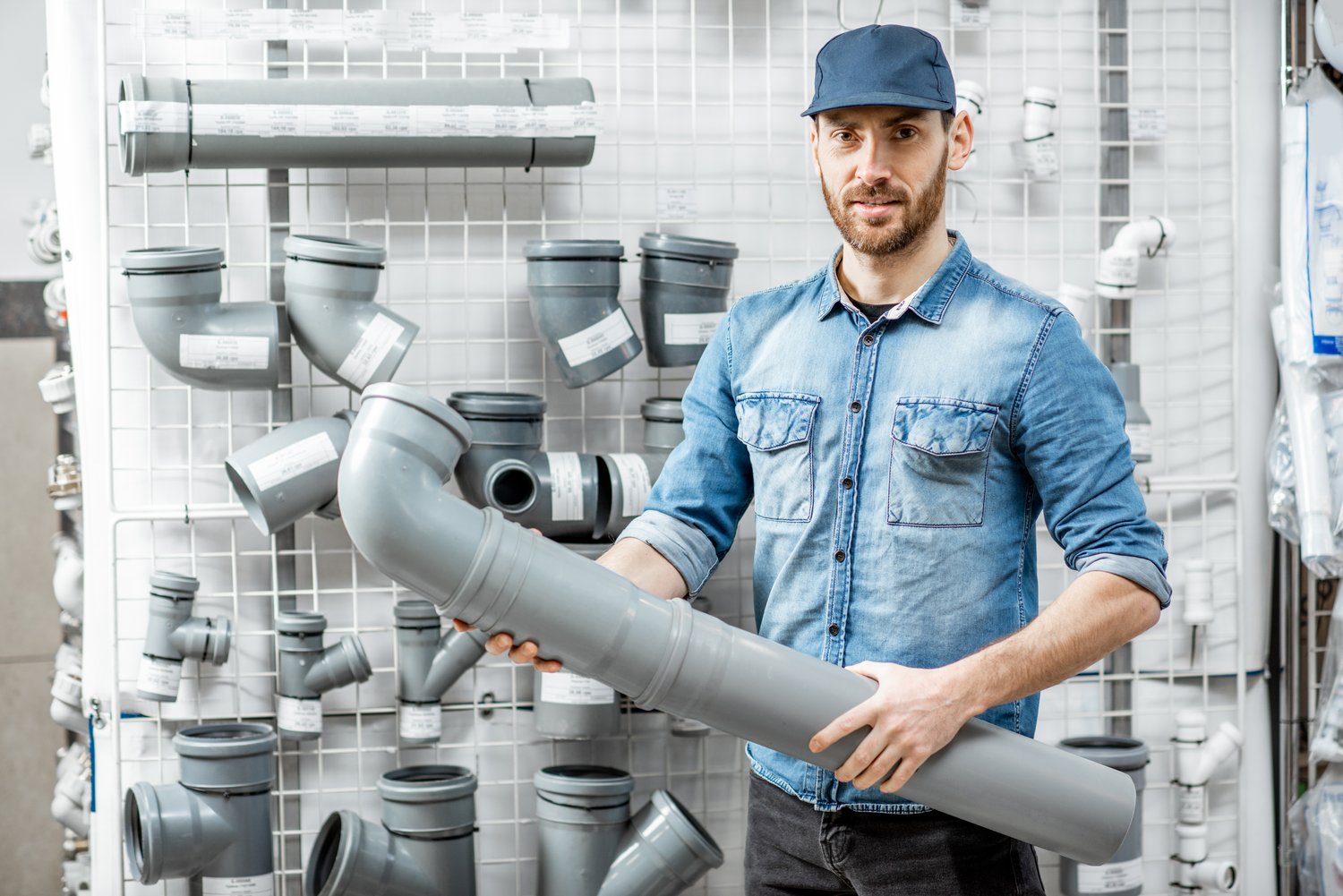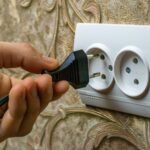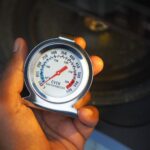Whistling water pipes can transform your serene home into a concert of unexpected noises. Not only are they disruptive, but these sounds may also indicate underlying issues within your plumbing system that need immediate attention. Understanding how to silence these noisy pipes is essential for maintaining a peaceful and smoothly functioning household.
- Learn how high water pressure, worn-out washers, or sediment build-up can cause whistling noises in your plumbing system.
- Discover practical troubleshooting techniques to identify and resolve these issues effectively.
- Implement simple DIY solutions, such as adjusting water pressure and replacing old components, to quiet your home environment.
By delving into the root causes and applying these strategies, you’ll not only restore tranquility to your home but also enhance the efficiency of your plumbing system. Continue reading to equip yourself with the knowledge needed to tackle this common household challenge.
Understanding the Cause of Whistling Noises in Water Pipes
Whistling noises in plumbing systems can be a common nuisance for many homeowners. Understanding the root cause of these sounds is essential for effective problem-solving. Various factors can contribute to this issue, with high water pressure being one of the primary culprits. When the water pressure in your plumbing system is too high, it can lead to vibrations in the pipes, producing the annoying whistling sound.
Another common cause of whistling pipes is worn-out washers. Over time, washers, especially those in faucets and valves, can degrade and become loose. This wear and tear can lead to vibrations or airflow issues, resulting in whistling sounds. Ensuring that washers are in good condition can help alleviate the noise.
Sediment build-up in pipes is also a factor to consider. When mineral deposits accumulate in your pipes, they can narrow the passage for water flow. This restricted flow can cause the water to whistle as it moves through the tighter spaces. Identifying the source of the whistling is crucial to apply the appropriate solution and maintain a quiet plumbing system.
Troubleshooting Techniques for Quieting Whistling Water Pipes
If you’re dealing with noisy pipes, employing practical troubleshooting techniques can significantly reduce, if not eliminate, the whistling sounds. One of the first steps is to check and adjust the water pressure limits. Use a water pressure gauge to measure the current pressure levels and ensure they’re within the recommended range, typically between 40 to 60 psi. Adjusting the pressure to this level can help minimize vibrations in the pipes.
In cases where worn-out components are the problem, focus on replacing old washers or other deteriorating parts. Inspect the washers in your faucets and valves, and replace any that appear worn or misshapen. This simple maintenance can greatly reduce or resolve the whistling.
Additionally, cleaning the pipes can help address sediment build-up. Flush your plumbing system periodically to remove mineral deposits and ensure clean, unobstructed water flow. By maintaining your system in this way, you can enhance its performance and keep it noise-free.
DIY Solutions for Fixing Whistling Water Pipes
Dealing with whistling water pipes can be frustrating, but fear not. There are several DIY solutions you can implement to restore peace in your home. Understanding the root causes of these noises is the first step toward effective plumbing maintenance and improvement.
Adjusting Water Pressure Settings: One of the leading causes of whistling noises in pipes is high water pressure. If your water pressure is too high, it can create a high-pitched sound as water rushes through the pipes. To tackle this, consider installing a pressure regulator. Most homes benefit from a water pressure setting between 40 and 60 PSI (pounds per square inch). You can use a water pressure gauge to measure your current levels and adjust accordingly.
Replacing Old Washers: Worn-out or damaged washers in faucets or valves can cause whistling noises. Replacing these components can often resolve the issue. Turn off the water supply before unscrewing faucets to access the washers. Ensure you have the correct size and type of washer for replacement. This simple step can significantly reduce noise and improve overall faucet performance.
Regular Plumbing Maintenance: Keeping your plumbing system well-maintained is essential for preventing whistling noises. This includes regularly cleaning aerators and filters to eliminate sediment build-up. Hard water deposits can accumulate over time and restrict water flow, leading to whistling sounds. Soaking these components in vinegar can help dissolve mineral deposits and restore proper function.
Engaging in these simple DIY fixes can dramatically improve the function and sound of your plumbing system. Regular checks and maintenance not only eliminate existing noise issues but also prevent future problems, ensuring a peaceful home environment.
Frequently Asked Questions on Whistling Water Pipes
What causes water pipes to whistle?
Whistling water pipes are often caused by high water pressure, worn-out washers, or sediment build-up within the pipes.
Can high water pressure damage my plumbing system?
Yes, high water pressure can lead to pipe damage, leaks, and noisy pipes such as whistling or banging.
How do I check if my water pressure is too high?
You can use a water pressure gauge available at hardware stores to measure your home’s water pressure. The ideal range is 40-60 psi.
Are DIY solutions for whistling pipes effective?
Yes, DIY solutions such as adjusting water pressure, replacing washers, and cleaning pipes can effectively reduce or eliminate whistling sounds.





